
You just bought a launch monitor, now what? Many golfers struggle with how to use their new gadgets. Well, I'm here to help. The goal of this article is to help amateur players analyze data they receive from launch monitors, and how to develop better practice habits utilizing the technology.
The golfing world has become inundated with ball flight data. Watch any PGA Tour event, and you’ll see players on the range warming up with a bright orange box behind their hitting station. But what are the players doing with this data? Surely they aren’t grinding swing changes while warming up for a tournament?! No, most likely, they aren’t. What the data provides them is a connection between the feel of their swing that day and the resulting distance, direction, and spin of their ball flight.
While Trackman has become the clear industry leader for tour players, that $25,000 price tag has most recreational buyers looking elsewhere. Thankfully the market has responded with an influx of personal launch monitors available for $500 or less. Many of these have been tested and reviewed by Practical Golf:
The Meat and Potatoes
While the more affordable monitors don’t provide quite the plethora of data that an enterprise-level product does, most of them are giving you the “meat and potatoes” numbers:
- Ball Speed
- Launch Angle
- Spin Rate
- Height
- Carry Distance
For most golfers, this is plenty of valuable information. Sometimes looking at data on your swing can be confusing and should only be interpreted by teaching professionals. So what can we do with this data?
Wedge Control
Perhaps one of the most effective ways to use a personal launch monitor is with your wedges. Great wedge play is all about distance control, and this is an area where many golfers suffer because they don't practice enough.
Additionally, almost every product priced at $500 and below will give you extremely accurate yardages inside of 100 yards.
As discussed in this article, effective wedge practice is a blend of blocked (repetitive) and random practice. Hone in on what kinds of swings it takes to hit the ball between 40-80 yards. When you start to get your "feels" for each distance, then you can randomly test yourself. A product like the SC200 Plus has a practice mode that will do this for you, and give you ratings on each shot.
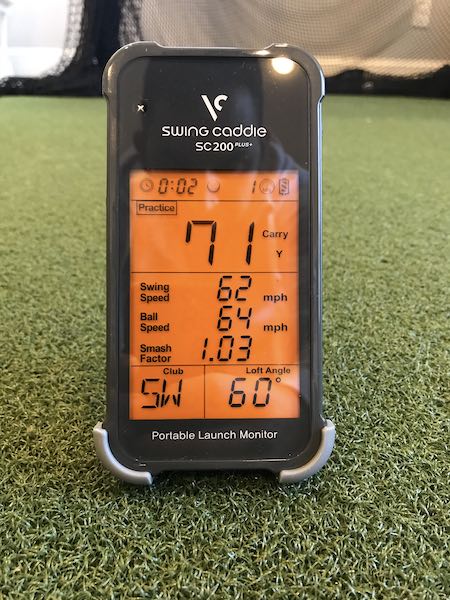
Comfort Zone in a Controlled Environment
Every golfer wants to be more consistent. The quickest path to consistency is finding a swing speed and rhythm that result in solid contact. Sure, bad shots happen, but swinging within yourself can make them less frequent and less punishing.
Using a launch monitor can help you identify not only how far you’re hitting your clubs, but make it easier to track the distances at which you hit your highest percentage of good shots. I can hit a seven iron 200 yards, but it takes an obnoxious swipe at the ball to achieve it. Success rate? Maybe 3/10. Conversely, if I try to hit a 7-iron 160 yards, I can hit 7/10 shots on a reasonably sized green and find the other three not far offline. The first step of playing within yourself is finding out what swing tempo leads to your best shot pattern. For more help on that topic, check this article out.
The Big Dog
Everyone wants to know how they can hit their driver farther. If you want a list of ideas to help you experiment with your driver practice, this article can help.
Along the way, you can use some of the metrics provided by launch monitors to track your progress. When it comes to increasing your overall distance, ball speed is king. Every product in this category will give you reasonable accuracy on ball speed numbers (as well as carry distance).
The premium models, such as the Swing Caddie SC300i and Rapsodo MLM, will also provide you with launch angle, which is another critical metric. On the whole, a lot of golfers are leaving distance on the table with their driver because they launch the ball too low.

Take a look at this chart from Trackman, and you can see that as you launch it higher, with lower spin, you can add some distance to your drives without an increase in swing speed.
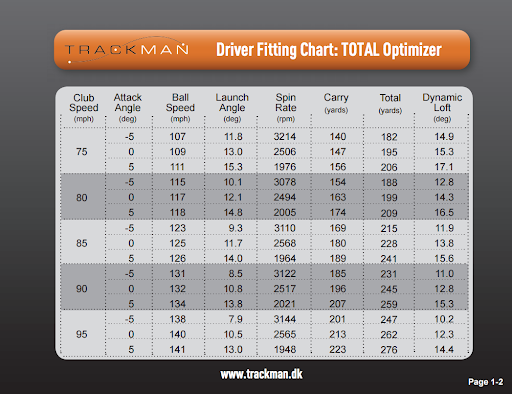
There are a few ways you can experiment during practice to help optimize your ball speed and launch angle:
- Impact location: Get yourself a can of foot spray and see where your impact tendencies are on the face of your driver. You want to avoid hitting it too low on the face, which will rob you of distance. You're looking to strike it on the center of the face or just above to help with optimal launch conditions.

- Tee Height: Experimenting with your tee height can help a lot with maximizing distance. Start seeing how a low, medium or high tee height can change your impact tendencies and data on your launch monitor.
- Ball Position: Last but not least, where your ball is positioned can make a huge difference in your driver distance. In this article, we showed how finding the optimal ball position (usually towards your lead foot) added 34 yards to a drive!
Evaluate Your Distance Gapping
If your launch conditions are reasonable, (meaning you don’t hit the ball extremely high or extremely low), gapping your set can be as simple as counting by fives. Generally speaking, players want to have a ball speed difference of 5 mph between clubs. As long as spin and launch are within acceptable parameters, this will give you nice 10-15 yard differences in distance between your irons and wedges.
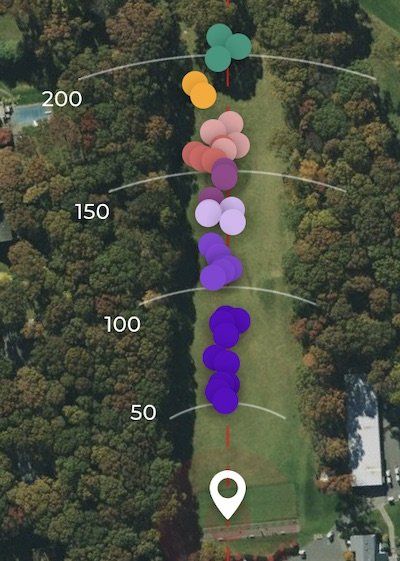
If you’re having trouble making these gaps line up, find a local store/pro with a Mitchell Loft/Lie machine and have your clubs checked. As a fitter, I routinely find 1, 2, or 3 clubs in a set (especially an older set) with lofts out of sync from where they should be. A couple of quick bends and those distance gaps are easily cleaned up.
Speed Training
A lot of golfers are training their bodies to move faster these days through workout regiments and Overspeed training with SuperSpeed Golf. Personal launch monitors can track how that training is transferring over to your swing speed, and of course, your total distances.
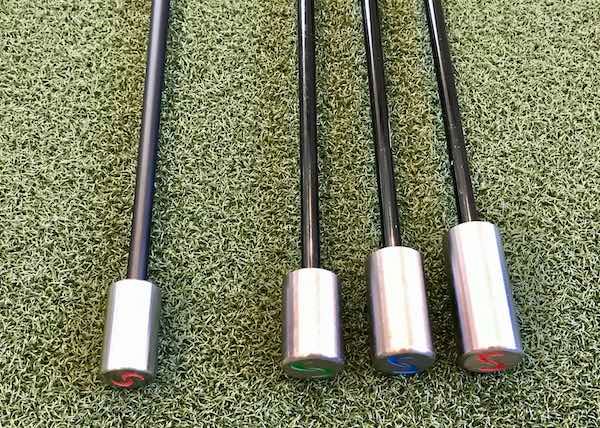
If you are using SuperSpeed Golf, there are now two launch monitors that can track your swing speed without hitting a ball. The SC200 Plus and PRGR launch monitors can help benchmark your speeds when you are training with the speed sticks.
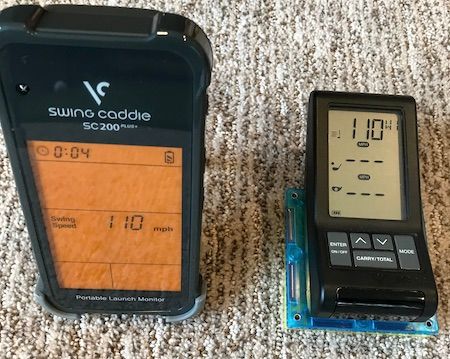
Your Best Shot vs. Your Normal Shot
One of the biggest mistakes that is rampant amongst golfers is that they don't take enough club into greens. Looking at the data, the vast majority of players are missing greens on the short side, and it costs them easy strokes.
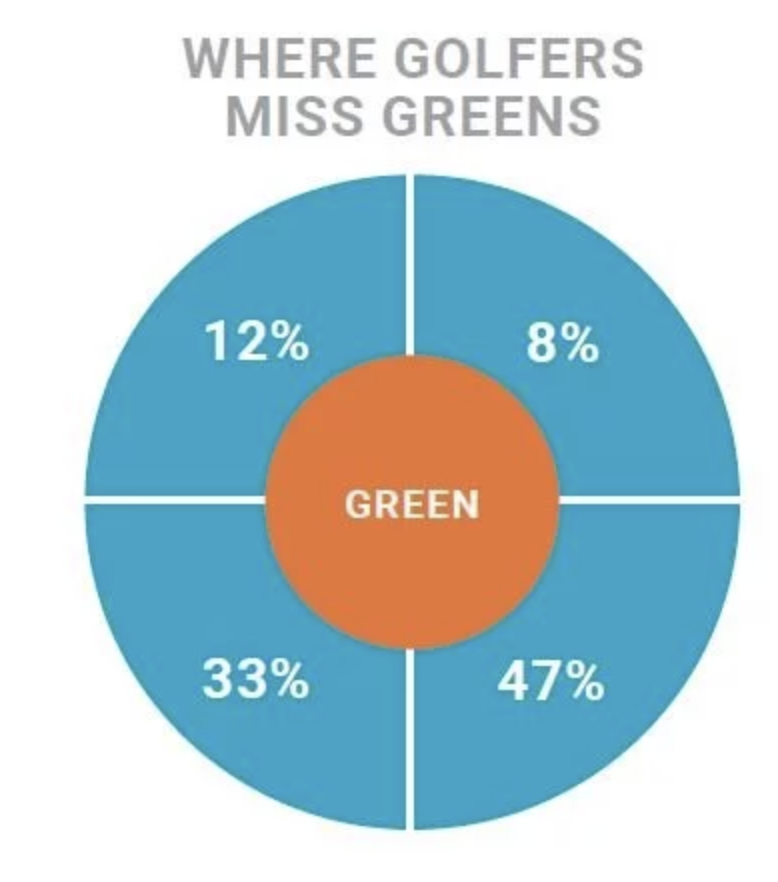
A launch monitor can help you keep track of your distances and give you a more realistic understanding of your shot patterns. For example, you might see when you strike your seven iron perfectly it will go 165 yards, but notice on most shots it's traveling closer to 145-155 yards because of mishits. Applying this information to your decisions on the course is an easy way to hit more greens and lower your scores.
Other Things to Keep In Mind
- The ball matters: Don’t practice with a Slazenger you pulled out of a lake in 2013 and expect it to perform like a Pro V1. If you’re on a driving range, count on the ball coming off with less speed and less spin than even a mid-performance golf ball from a reputable manufacturer. Check out this test between range balls and premium balls. If you are practicing at home, you can control the quality of the golf ball more.
- Practice with purpose and intensity: A launch monitor is not magically going to make you a better golfer. However, it can add help you practice with more purpose, something that most golfers fail to do. I’ve been as guilty as anyone, out there on the range pounding balls with the same club, at the same target, without really paying much attention to anything. One of the best drills I do on the range is also one I preach to all of my students. I call it…
Game Time
If you have access to virtual courses, play them. If you don’t have virtual courses, play a course in your mind!! Picture the tee shot on #1. Consider the trouble. Choose your target line. Choose your club. Go through your full routine and hit the shot. Picture where the ball ended up and plan the next shot from there. Repeat this process for all the tee shots and approaches. You’ll find yourself practicing with much more intensity and purpose. That higher engagement in shot planning and execution makes for a much more realistic practice experience. For an added level of fun, track how good your approach shots were and putt on a green or carpet from those distances. Now you’ve got a way to quantify your practice and improvements even in the offseason!
A Word of Caution
Data doesn’t rule all. Don’t get overly addicted to seeing perfect launch conditions on every shot. This is more of a problem with Trackman because there is so much information. I’ve seen lots of players get bogged down worrying about degrees of club path, angle of attack, and perfect spin conditions on a seven iron. Trust me, no one’s numbers are perfect, especially over an entire round of golf.
Spend more time building a repeatable rhythm, hitting solid golf shots, and doing some of the exercises from this article.
To learn more about the current launch monitors on the market, you can read this guide.
We care about the protection of your data Read our Privacy Policy